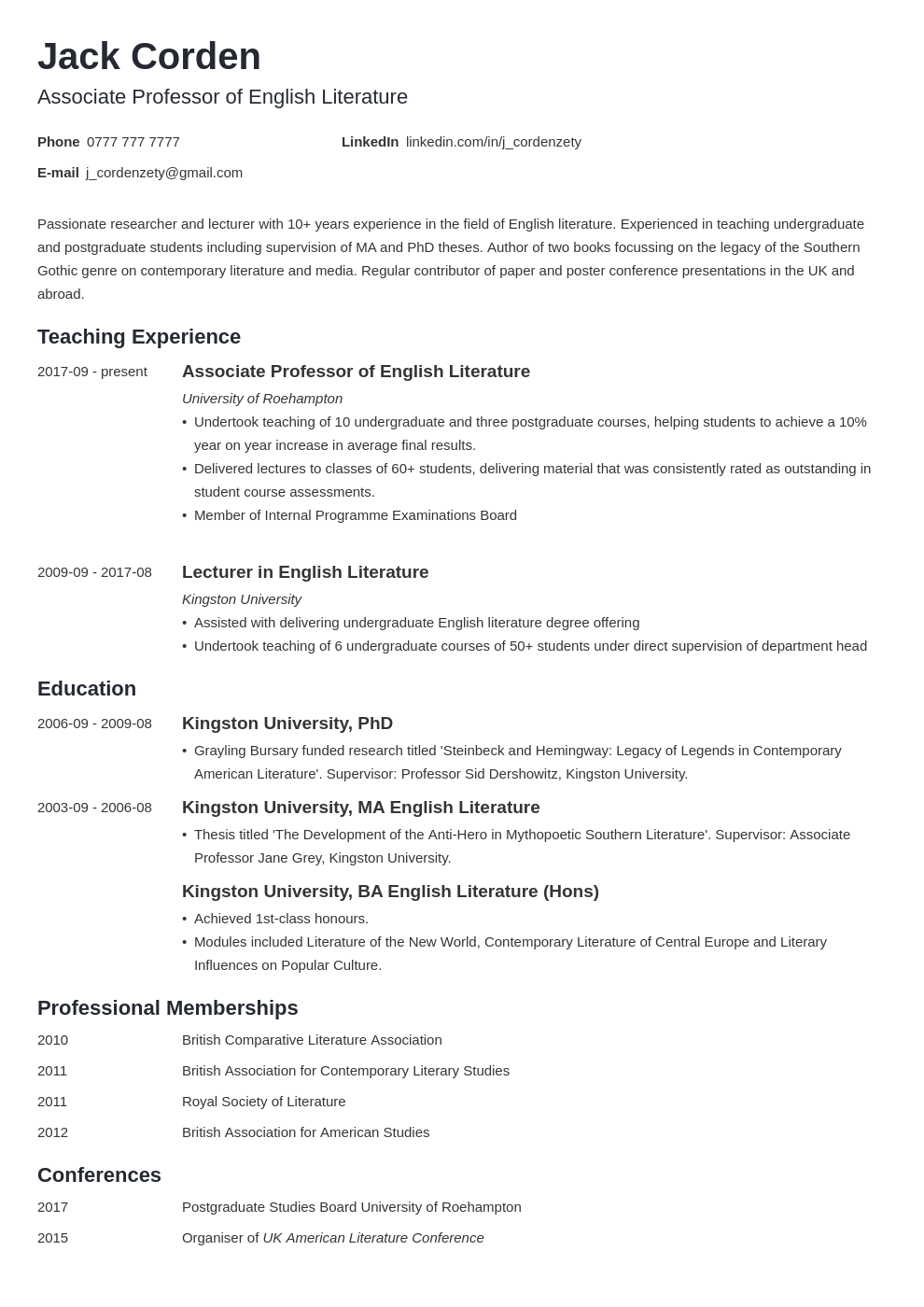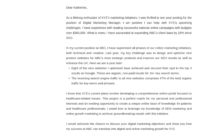Navigating the competitive landscape of academia can feel like an intricate dance, especially when it comes to presenting your professional journey. Unlike industry roles, academic positions demand a highly specialized curriculum vitae, or CV, that meticulously chronicles your research, teaching, publications, and service contributions. It’s more than just a list of past jobs; it’s a narrative of your scholarly identity, designed to showcase your potential to contribute significantly to a university or research institution. Without a clear, well-organized document, even the most impressive accomplishments can get lost in the shuffle.
The good news is, you don’t have to start from scratch. Understanding the foundational elements and common expectations can streamline your application process immensely. That’s where a solid cv template for academic position becomes an invaluable asset. It provides a structured framework, ensuring you include all the necessary information in an easily digestible format for busy hiring committees. This article will guide you through building a compelling academic CV, focusing on key sections and strategies to make your application stand out.
Crafting Your Academic CV: Essential Sections
An academic CV is a living document, evolving with your career, and it significantly differs from a resume designed for corporate jobs. While a resume often aims for conciseness (ideally one to two pages), an academic CV can extend to several pages, particularly as your experience and publication record grow. The goal here isn’t brevity, but comprehensive detail that paints a full picture of your scholarly contributions and trajectory. Each section serves a specific purpose, highlighting different facets of your professional life within the academic sphere.
Think of your academic CV as your professional autobiography, meticulously organized for review by your peers and future colleagues. It should begin with your contact information, ensuring prospective employers can easily reach you. Following this, a succinct statement of your research interests helps committees quickly grasp your area of expertise. Education is paramount, listed in reverse chronological order, including degrees, institutions, and dates. This is where you might also mention your dissertation title and advisor.
Crucially, an academic CV heavily emphasizes your scholarly output. This includes publications (peer-reviewed articles, books, book chapters), presentations at conferences, and any grants or fellowships you’ve secured. These sections demonstrate your active engagement in your field and your ability to contribute to the body of knowledge. Don’t forget to include forthcoming publications or works in progress; these show continued productivity.

Beyond research, teaching experience is a vital component, detailing courses taught, your role (instructor of record, teaching assistant), and any curriculum development or pedagogical innovations. Service contributions to your department, university, or professional organizations also speak volumes about your collegiality and commitment to the academic community. Finally, a list of professional affiliations, awards, and honors provides further evidence of your standing and recognition within your discipline. This comprehensive approach ensures that a cv template for academic position effectively captures your unique academic profile.
Key Sections to Include
- Contact Information (Name, Email, Phone, Professional Website/LinkedIn)
- Research Interests
- Education (Degrees, Institutions, Dates, Dissertation Title, Advisor)
- Publications (Journal Articles, Books, Book Chapters, Conference Proceedings)
- Presentations (Invited Talks, Conference Presentations, Poster Sessions)
- Grants, Fellowships, and Awards (Funding Sources, Dates, Amounts, Honors)
- Teaching Experience (Courses Taught, Levels, Number of Students, Guest Lectures)
- Mentoring Experience (Students Supervised, Research Assistants)
- Service (Departmental, University, Professional Organizations, Peer Review)
- Professional Affiliations and Memberships
- Languages and Skills (Software, Methodologies)
- References (Available Upon Request or Direct Contact Information)
Tailoring Your CV for Specific Academic Roles
While a standard cv template for academic position provides an excellent foundation, the art of successful academic job applications lies in tailoring your document for each specific role. No two academic positions are exactly alike; some prioritize research productivity, others emphasize teaching excellence, and many seek a balance of both. Blindly sending out the same generic CV, no matter how comprehensive, can inadvertently signal a lack of attention to detail or genuine interest in the specific opportunity.
Before you even begin customizing, thoroughly dissect the job advertisement. Highlight keywords related to research areas, methodologies, teaching responsibilities, and institutional values. Does the ad mention interdisciplinary collaboration? Strong mentorship skills? Experience with specific technologies? These are clues as to what the hiring committee values most. Your CV should subtly reflect these priorities, ensuring that the most relevant aspects of your experience are immediately apparent.
Consider the institution itself. Is it an R1 research university, a liberal arts college, or a community college? Each type of institution has a different mission and focus. An R1 university will likely be most interested in your publication record, grant history, and research pipeline, while a liberal arts college might put more weight on your pedagogical philosophy, teaching evaluations, and experience with undergraduate mentorship. Adjust the emphasis and even the order of your sections to align with the institution’s primary focus.
Finally, think about how you can use the conversational space within your CV to articulate your fit. While the CV is primarily a factual document, the way you describe your achievements within each entry can be tailored. For instance, when describing a publication, you might briefly mention its impact or relevance to the advertised research area. When detailing teaching experience, highlight innovative pedagogical approaches or success in diverse classrooms if the job emphasizes teaching. By thoughtfully curating and presenting your experiences, you demonstrate not just what you’ve done, but how it directly contributes to the unique needs of the department and university you’re applying to.
Navigating the academic job market is undoubtedly challenging, but a well-constructed and thoughtfully tailored CV is your most powerful advocate. By understanding the components of an effective cv template for academic position and dedicating time to customize it for each application, you dramatically increase your chances of making a strong first impression. Your CV is a reflection of your professional story, so ensure it tells a compelling and relevant narrative that resonates with your target audience.
Remember, every application is an opportunity to showcase your potential and passion for academia. Invest the effort in perfecting this crucial document, and you’ll be well on your way to securing interviews and advancing your academic career. The meticulous preparation now will pay dividends in the long run, opening doors to exciting new opportunities in your scholarly journey.
